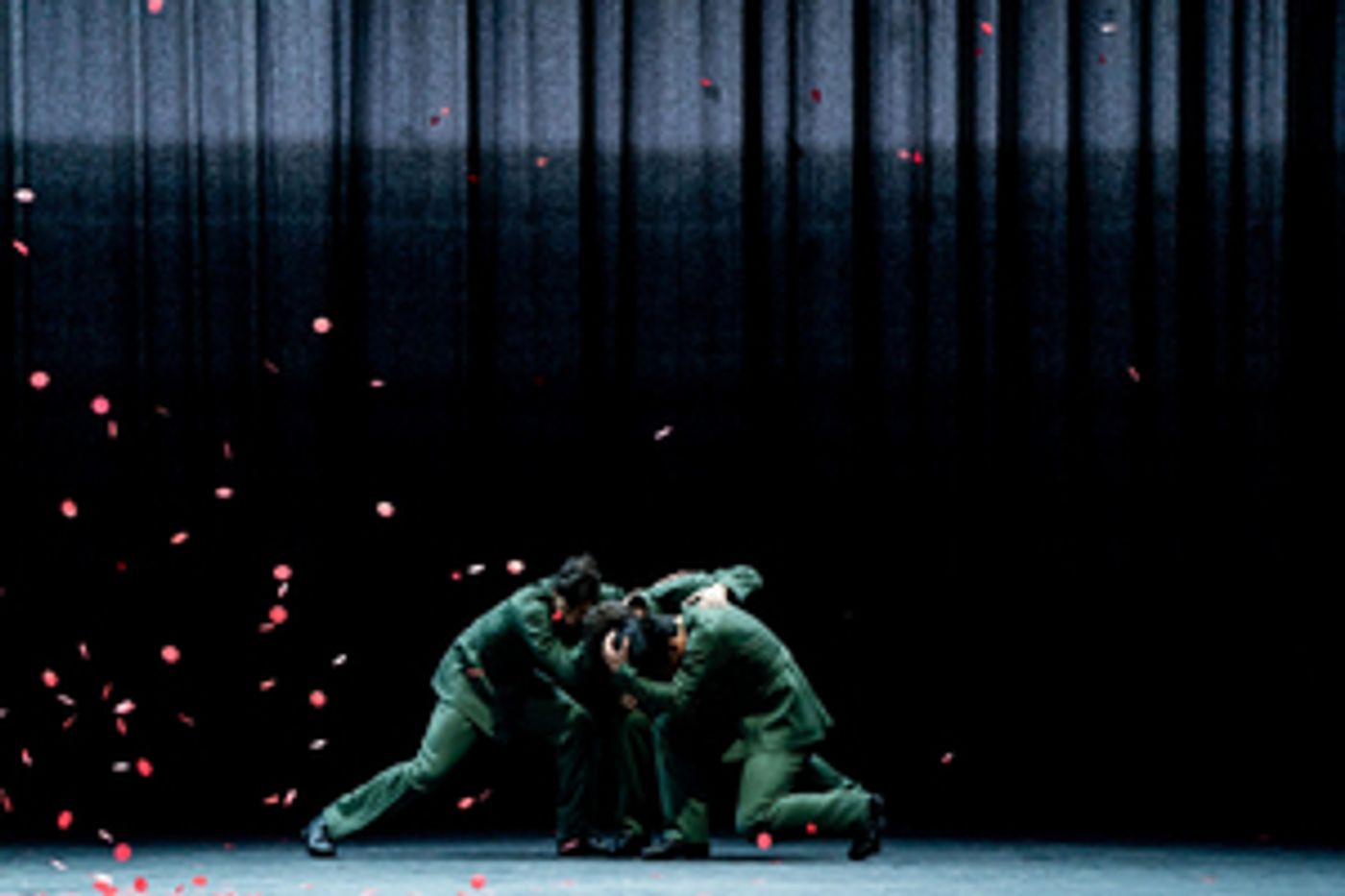Review: ATONEMENT Astounds at The Joffrey Ballet
The Joffrey Ballet and choreographer Cathy Marston have achieved a remarkable feat, translating the emotional complexity of the narrative into a stunning dance performance.

Ian McEwan’s Atonement—a modern literary masterpiece—presents a story of star-crossed lovers, familial tensions, and the destructive power of deception, set against the backdrop of a world on the brink of war. While the intricacy and psychological depth of the novel might seem like a challenging fit for a ballet adaptation, the Joffrey Ballet and choreographer Cathy Marston have achieved a remarkable feat, translating the emotional complexity of the narrative into a stunning dance performance. This production delivers a visually captivating experience with its meticulous attention to costumes, set design, and ensemble choreography, creating a sensory-rich journey for audiences.
The ballet’s first act captures the pivotal evening that forever alters the fates of its characters. Marston’s choreography immediately establishes the emotional and relational dynamics between them. The contrast between the playful familiarity among siblings and the simmering tension between would-be lovers conveys volumes without the need for dialogue. As the narrative unfolds, the interplay between dance and music builds in intensity, mirroring the story's rising stakes.
One of the most mesmerizing aspects of the production is the sensuality embedded within the choreography. The library scene, in which Cecelia Tallis (Amanda Assucena) and Robbie Turner (Alberto Velazquez) express their passion, is a high point of the ballet. The gradual crescendo of their dance pulls the audience into their intimate world, creating a palpable connection that feels impossible to look away from.
Yumi Kanazawa’s portrayal of Briony Tallis is equally commendable. Her physical transformation from an innocent child to a reflective adult is conveyed through subtle changes in her movement—from quick and light-footed gestures in the first act to more controlled and graceful choreography as the character matures.
 One of the ballet’s most visually striking moments juxtaposes two noble pursuits: nurses preparing beds for wounded soldiers while soldiers undergo training for battle. This sequence not only serves as a poignant meditation on duty but also demonstrates the choreographer's ability to interweave contrasting emotions. The battlefield scene, with red petals blanketing the stage, evokes the brutality of war while maintaining the aesthetic grace of ballet—a sobering but visually arresting choice.
One of the ballet’s most visually striking moments juxtaposes two noble pursuits: nurses preparing beds for wounded soldiers while soldiers undergo training for battle. This sequence not only serves as a poignant meditation on duty but also demonstrates the choreographer's ability to interweave contrasting emotions. The battlefield scene, with red petals blanketing the stage, evokes the brutality of war while maintaining the aesthetic grace of ballet—a sobering but visually arresting choice.
 The U.S. premiere of Atonement has captivated audiences and demonstrated the potential of ballet to tell modern stories. Marston’s innovative choreography breathes new life into a beloved literary work, proving that dance can convey the nuance and depth of complex narratives without the need for spoken words. Whether familiar with the Booker Prize-winning novel, the Oscar-winning film adaptation, or new to the story, audiences will undoubtedly be moved by this masterful production. It sets a new standard for ballet, inviting further exploration of contemporary narratives on the stage.
The U.S. premiere of Atonement has captivated audiences and demonstrated the potential of ballet to tell modern stories. Marston’s innovative choreography breathes new life into a beloved literary work, proving that dance can convey the nuance and depth of complex narratives without the need for spoken words. Whether familiar with the Booker Prize-winning novel, the Oscar-winning film adaptation, or new to the story, audiences will undoubtedly be moved by this masterful production. It sets a new standard for ballet, inviting further exploration of contemporary narratives on the stage.
The Joffrey Ballet’s production of Atonement runs at the Lyric Opera of Chicago through October 27.
Reader Reviews

Videos

